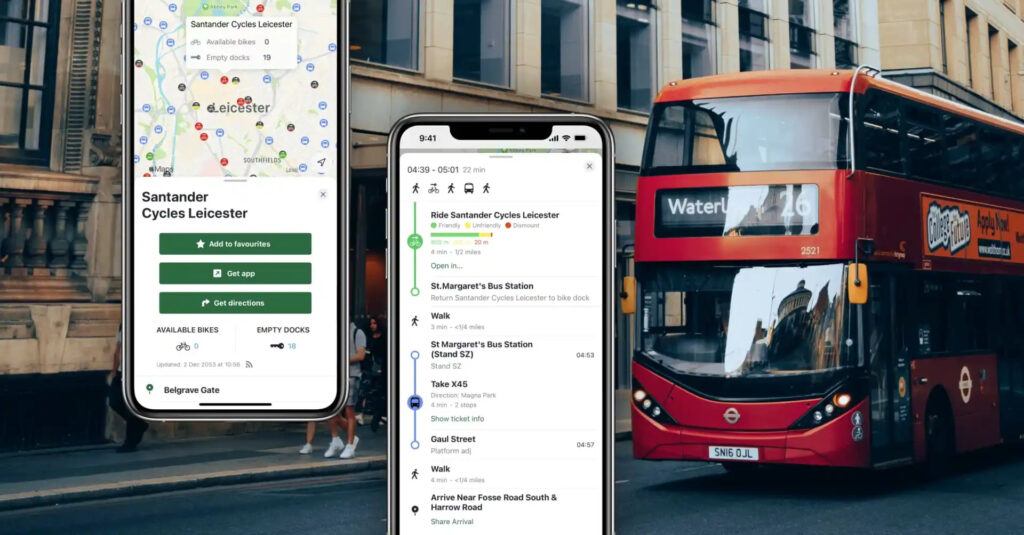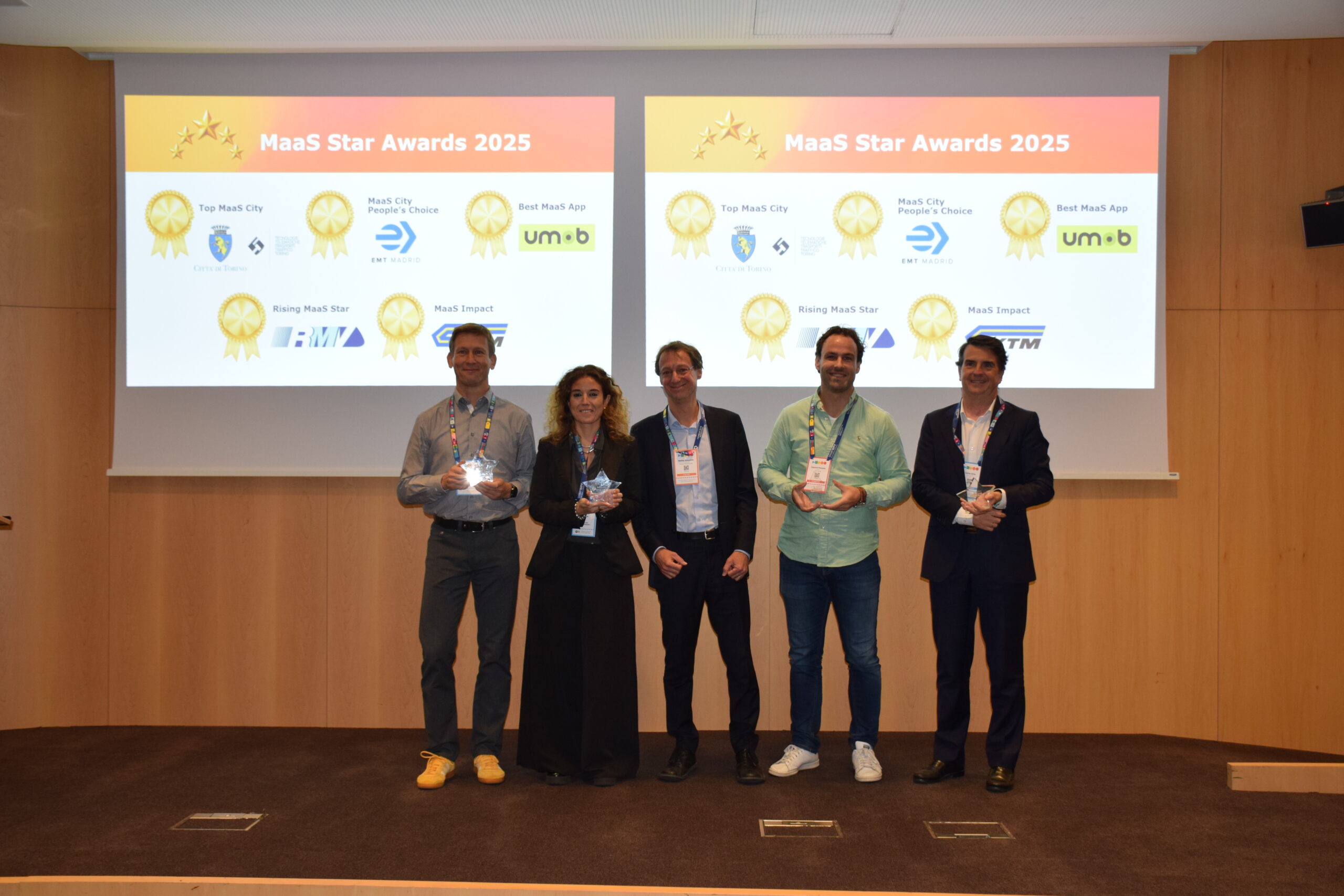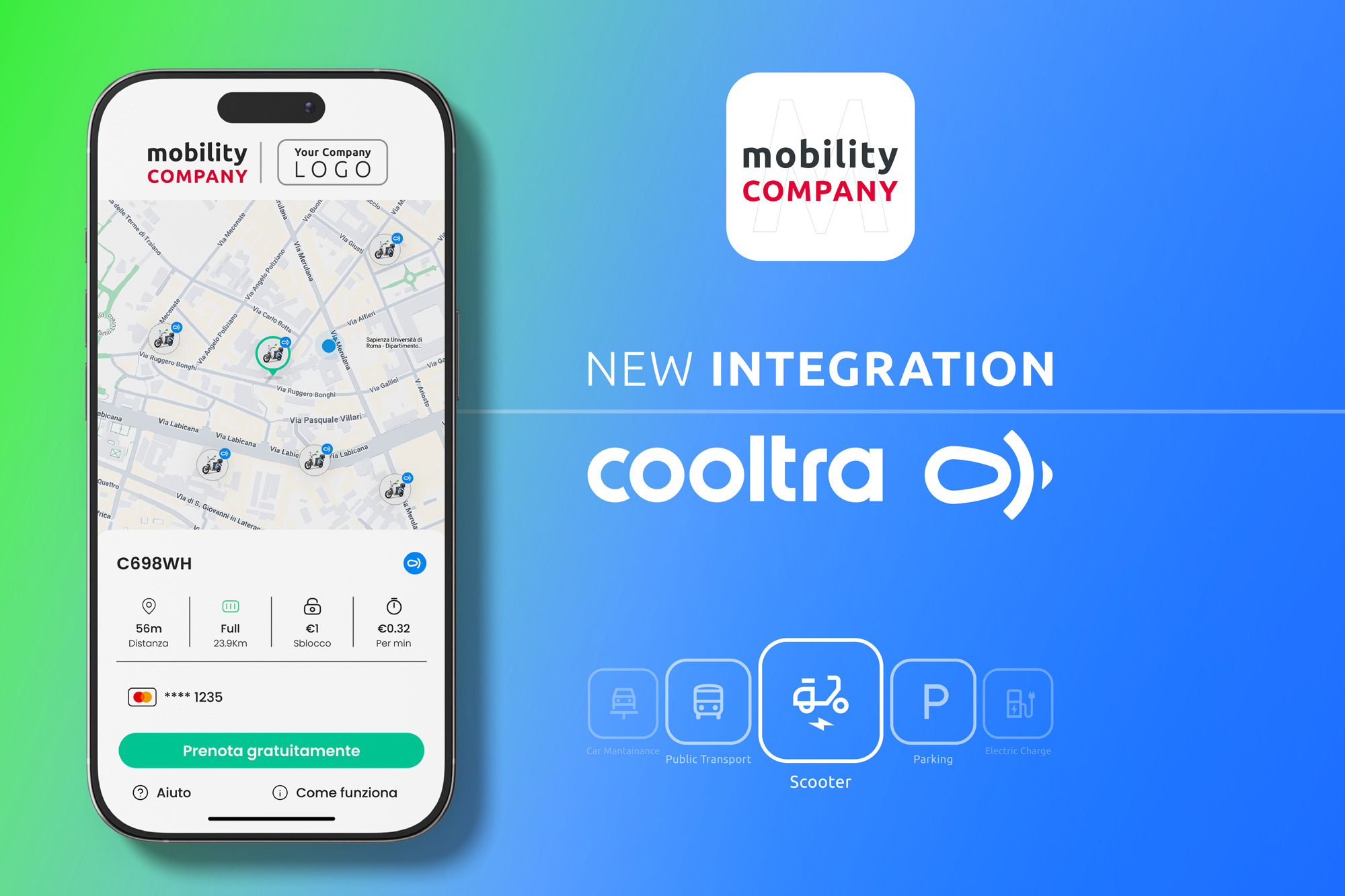
In the age of digital, there’s an expectation that everything is accessible and increasingly tailored to individual needs. There’s no doubt that smartphone apps have the potential to make services more convenient. However, one size does not necessarily fit all. This is particularly true with MaaS applications.
Every community and city is different and any application should reflect this if it’s to gain acceptance. This means making mobility solutions localised to specific geographic areas and user bases. It requires MaaS technology to be adaptable and user-centric in order to reach a wider audience and bring with it the potential for greater success.
What is localisation?
So, what is localisation? Localisation can be described as the process of adapting a product or service, such as a MaaS app, to a particular geographic location (e.g. a region or country). This entails making sure, for example, that the language and imagery closely reflect the geographic target market. At SkedGo, we also refer to localisation in terms of making mobility solutions more tailored to a unique group of end users. Both aspects of localisation are important and will, hopefully, drive more people to use the apps.
After all, user experience is everything. Vanilla applications may be missing essential features or not include all the required transport options. They may lack consideration for underserved populations such as people with limited mobility, low-income families or the elderly. This leaves people feeling alienated and disenchanted, particularly when their voices aren’t being heard. It also means that people may revert to their old habits of driving private vehicles or even not going out at all because they don’t have access to transport in the first place. In total, it reduces access to transportation which is the opposite of what’s intended.
What does localisation entail?
The first step is to gain a clearer picture of mobility requirements. This can be achieved by engaging directly with local communities. Collaboration with wider stakeholder groups and an assessment of the resources and infrastructure already in place provide further insights, backed by gap analysis to pinpoint any shortcomings in the prospective service. The key is to develop a firm strategy upon which a MaaS solution can be based.
This includes asking the right questions such as: How will the app be used? What are the primary user groups? How will they be identified? What are the main features and functionality of the app? How will they be presented to the end user? It also means choosing a MaaS platform that is adaptable so it can be configured to behave in a way that resonates with end users.
From the creation of a region or territory for multimodal journey plans to features designed to address specific travel needs, many elements need to be considered when localising MaaS apps. A sample of these include:
Transport options: This includes ensuring that all available transport options are integrated into the application, from public transport and on-demand buses to micromobility and shared cars. Depending on the community being served this could also include corporate transport, volunteer transit, or even local business fleets that are currently underutilised.
Active travel: Including active travel is not only good for the environment but also for improving health outcomes and access to this option. For some people, active travel is a necessity. Apps can provide details of favourable routes for cycling, walking and wheelchair access and to bridge that important first/last mile, as well as short hops within cities or between stations and transportation hubs.
Payment and ticketing: Integrating payment and ticketing methods makes the process of travel more efficient. The whole journey – planning, booking, payment and ticketing – can be managed from within the app. Options such as pay-as-you-go, monthly paid plans, localised travel cards or even free or concessionary travel based on a person’s eligibility are just a few examples.
Communication factors: This could be as simple as translating the app into the core language(s) spoken by the community, the wording used within the app as well as accessibility features such as screen readers for people with limited visibility.
Technological adaptability: Any MaaS platform should have the flexibility to integrate with additional functionality based on the intended purpose of the app. This could include tourism features for a visitor app or rewards and incentives for apps that are looking to reduce carbon emissions. At every stage, the technology should be capable of being shaped around the end user – it should never be a technology-first approach.
At SkedGo, we’ve adapted our MaaS platform to a wide range of use cases and have many examples of localisation in practice across the globe. These include DRT-to-DRT routing (Japan), prioritisation of active travel routes (UK) and ergonomic workflow adjustments for people with limited mobility or who don’t have credit cards or a bank account (USA). In Australia we’ve integrated public transport with a corporate shuttle service for employees of a telecommunications business and provided the technology behind an app aimed at university students and staff.
The success of all of these projects reaffirms that MaaS solutions should be driven by the end users and not the technology.
Finding the right partner
Localising a MaaS solution takes expertise, so finding the right partner is key to success. They should be hyper-focused on the end user and their MaaS technology should be flexible to accommodate the specific needs of your community, your organisation and the resources you have at your disposal. The team behind the software should also be prepared to work closely with you and any existing partners. Their ability to be flexible, agile and collaborative is key above all else. This will help to ensure you gain a trusted partner who can support your long-term mobility success.
Source: SkedGo



